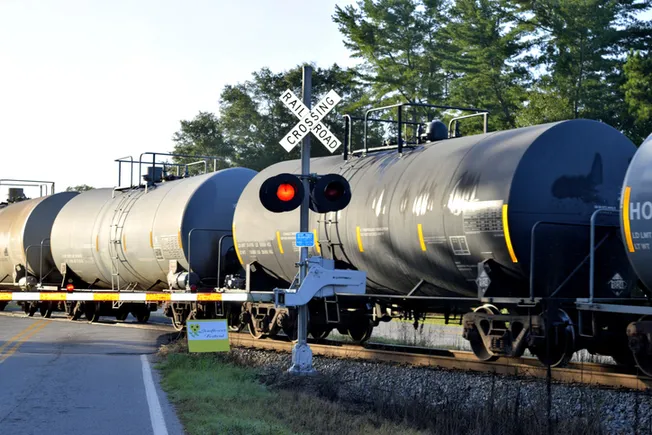The Supreme Court heard a notable case December 10 that could limit review of a project’s environmental impact under the 1970 National Environmental Policy Act. NEPA requires federal agencies to consider the reasonably foreseeable environmental effects of a proposed agency act.
During the nearly two-hour oral argument in Seven County Infrastructure Coalition v. Eagle County, the justices weighed whether an independent federal agency, the Surface Transportation Board, went far enough in assessing the impact that a proposed railway line could have on the environment before approving the project. The 88-mile railway line would connect Utah’s crude oil refineries to national rail networks.
Citing the potentially dramatic increase in trains carrying the oil, the U.S. Court of Appeals for the DC Circuit found the agency should not have approved the railway, and that it erred in finding that the downstream environmental effects of the proposed 88-mile railway line would not be significant.
Representing a coalition of counties that want the project to move forward, former Bush administration Solicitor General Paul Clement told the justices, “NEPA is designed to inform government decision-making, not paralyze it.” But his opponents, Clement said, would require the STB to study the output of refineries more than 1,000 miles away.
“No one in their right mind would say a project in northeast Utah was the proximate cause of additional pollution in Shreveport, Louisiana,” Clement asserted. “It is a different agency that has to decide whether the extra production of oil somewhere else is going to affect the environment.”
But arguing for Eagle County, Colorado, in support of how the DC Circuit applied NEPA, attorney William Jay told the justices, “Congress doesn’t direct agencies to pass the buck to someone else. It directs all federal agencies to cooperate on, where possible, a single environmental review.”
Jay added that the downstream environmental effects of the project were reasonably foreseeable because the entire purpose of the project was to carry one type of cargo – crude oil – to a particular destination in very large quantities.
Speaking with Legal Dive about this case at the beginning of the Court’s term, appellate advocate Michael Kimberly explained why the dispute is important for business interests. “NEPA has become a very important tool for obstruction by the NIMBY [not in my backyard] contingent.” Kimberly added that considering every possible downstream effect gives “endless hooks for groups that are anti-development to slow things down.”
Clement voiced a similar sentiment in telling the Court, “For investors, time is money. Project opponents, by contrast, know that time is on their side and a remand just for a little more process can kill a project.”
Only eight justices will decide the case as Justice Neil Gorsuch recused himself last week, citing the Supreme Court’s new Code of Conduct. But the prospect of a tie appeared unlikely as a majority of the sitting justices seemed ready to limit the scope of environmental reviews under NEPA.

